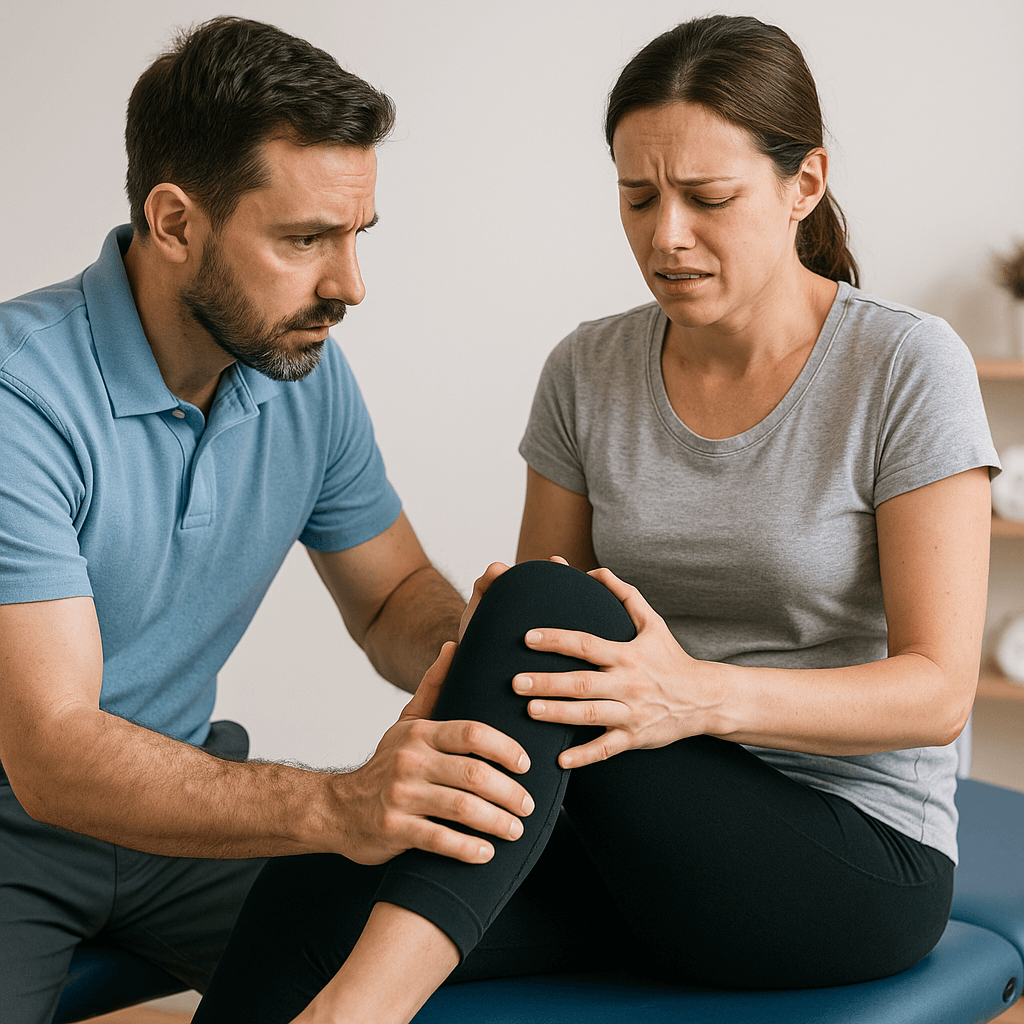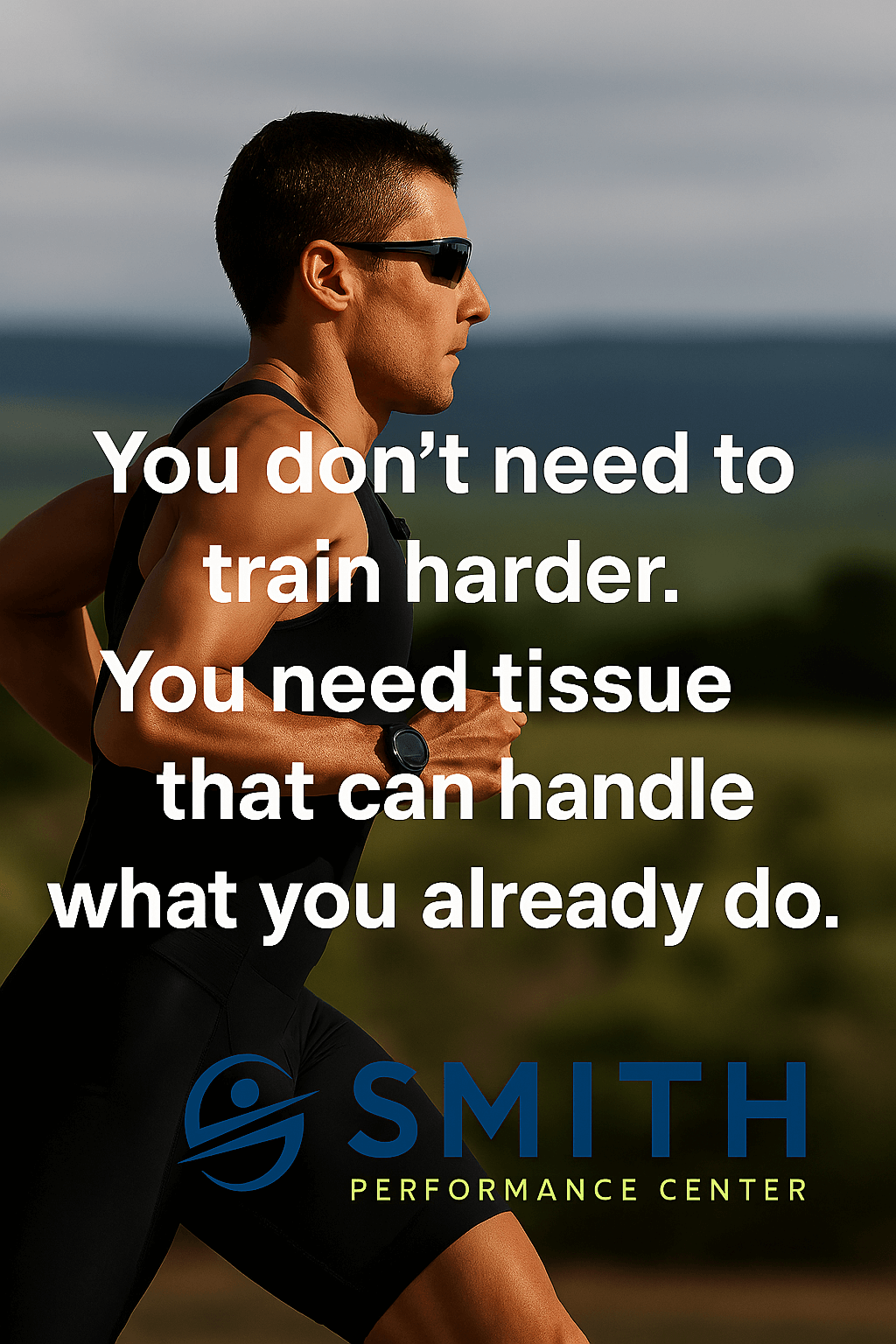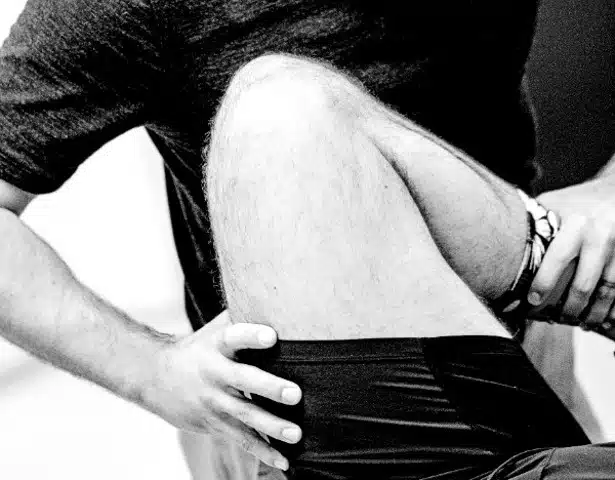At Smith Performance Center, physical therapy exercises are used to maximize healing, build resiliency, reduce pain, and correct abnormal motor patterns. We do not use an endless array of exercises that would take an hour or two every day. We understand more than one to two exercises mean compliance, and performance plummets.
Our team wanted to put up common exercises we use to help you remember the form. We have it broken up by body part and there is some cross-over, so you may see the same exercise in a few different categories.
Let us know if you have any questions.
Spine
Chin Tuck Exercise
Isometric Activation Exercise
Self Massage for the Upper Trap
Self Massage for Posterior Shoulder
Suitcase Carry
Upper Extremity
T Exercise
Y Prone Exercise
Serratus Plank
Lower Extremity
Clamshell Exercise
Posterior Tibialis Exercise



